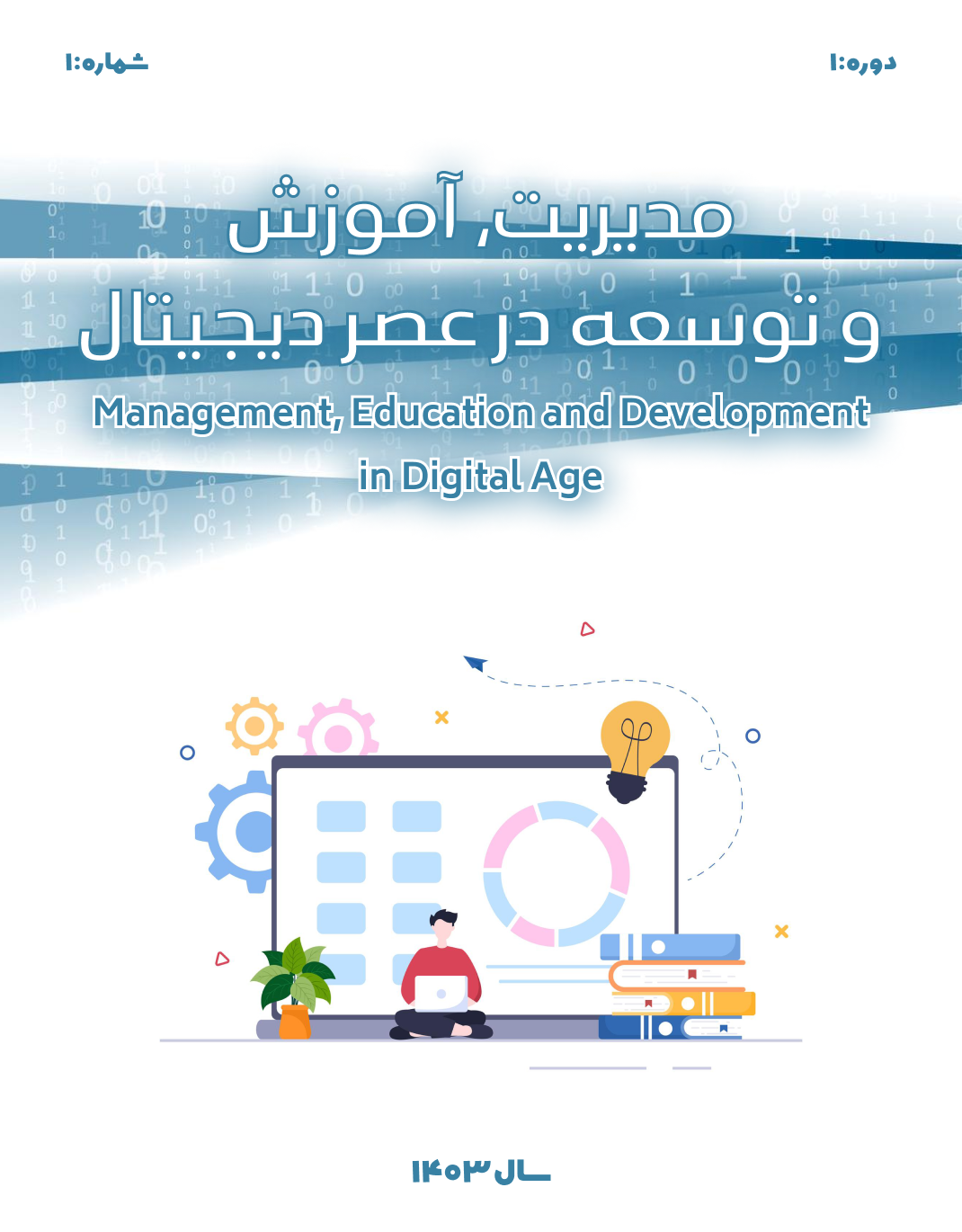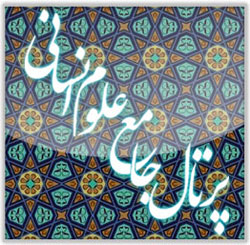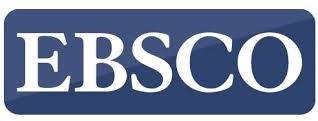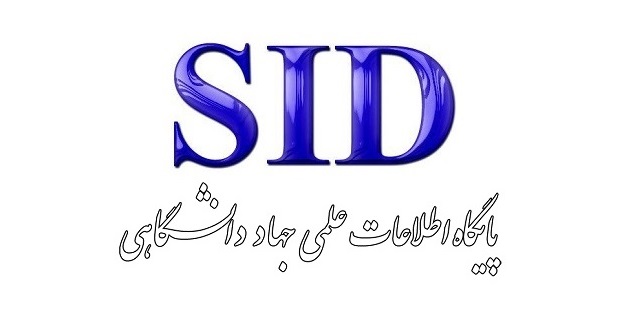کارآفرینی فرهنگی و نوآوری فناورانه در احیای مهرهس کردی: تحلیل چالشها و راهبردهای توسعه پایدار در کردستان ایران
کلمات کلیدی:
کارآفرینی فرهنگی, مهرهس کردی, نوآوری فناورانه, بازاریابی دیجیتال, همکاری نهادیچکیده
این پژوهش با هدف تحلیل فرصتها و چالشهای تبدیل لباس مهرهس کردی -نماد هویت فرهنگی و دانش بومی- به مدلی پایدار در کارآفرینی فرهنگی انجام شد. دادهها از طریق مصاحبههای نیمهساختاریافته با ۱۴ کارآفرین، مشاهده مشارکتی در ۸ کارگاه تولیدی، و تحلیل ۵۰ پست اینستاگرامی گردآوری شدند. یافتهها نشان داد تلفیق دانش بومی با فناوریهای ساده (مانند ابزارهای مکانیزه) زمان تولید را ۳0% کاهش و سودآوری را ۲5% افزایش داده است. طراحی دیجیتال نقوش سنتی نیز تنوع محصولات را تا ۴0% بهبود بخشید. ویژگیهای منحصربهفرد پشم بز مرخُز (قطر ۲۹ میکرون، سازگاری زیستمحیطی) باعث جذب ۶۵٪ خریداران بینالمللی شده است. بااینحال، چالشهای ساختاری مانند کاهش ۱4% جمعیت بز مرخُز طی پنج سال، نبود استانداردهای صادراتی، و وابستگی ۶0% تولیدکنندگان به پسانداز شخصی، بقای صنعت را تهدید میکند. بازاریابی دیجیتال از طریق ویدیوهای مستند، مشارکت مخاطب را ۳ برابر و فروش آنلاین را ۵0% افزایش داد، اما نبود زیرساختهای پرداخت بینالمللی (مانند PayPal) برای ۷0% تولیدکنندگان محدودیت ایجاد کرده است. همکاری نهادی (ثبت جهانی در یونسکو، پروژههای دانشگاهی) ۲ میلیارد تومان سرمایه جذب و دقت پیشبینی تقاضا را ۴5% بهبود بخشید. پژوهش حاضر تاکید میکند که نجات مهرهس در گروی ایجاد زیستبوم فرهنگی-اقتصادی است که نوآوری فنی، بازاریابی هوشمند، و همکاری سهجانبه نهادها را ادغام میکند. پیشنهاد میشود مطالعات آتی بر نقش زنان در انتقال دانش بومی و تحلیل تطبیقی سیاستهای حفاظتی در مناطق متمرکز شوند.
دانلودها
مراجع
Alizadeh, & Razavi. (2023). Artificial Intelligence and Market Trend Analysis.
Andersson, T. (2020). Preservation through productivity: A framework for sustainable craft entrepreneurship. Sustainability, 12(9), 3567.
Appadurai, A. (1996). Modernity at large: Cultural dimensions of globalization. University of Minnesota Press. https://doi.org/10.2307/2547675
Armin, I., & Hajiani, E. (2015). Comparative Study of Ethnic Identity in Iran and Lebanon. Applied Sociology, 15-1(2), 26. https://jas.ui.ac.ir/article_18396_en.html
Bahmani, R., Roshidi, A., Salehi, S., & Mofakhari, S. (2024). Evaluation of the Quality and Economic Value of Merkhaz Goat Breeding in Kurdistan Province. Animal Sciences, 36(141), 154-143. https://doi.org/10.22092/asj.2023.362538.2319
Banks, J., & Deuze, M. (2009). Co-creative labour. International Journal of Cultural Studies, 12(5), 419-431. https://doi.org/10.1177/1367877909337862
Creswell, J. W. (2014). Research design: Qualitative, quantitative, and mixed methods approaches. SAGE. https://www.ucg.ac.me/skladiste/blog_609332/objava_105202/fajlovi/Creswell.pdf
Folbre, N. (2001). The invisible heart: Economics and family values. The New Press. https://www.academia.edu/27586300/The_Invisible_Heart_Economics_and_Family_Values
García, M., López, J., & Fernández, R. (2021). Digital platforms and the revival of traditional crafts: A case study of Etsy. Journal of Cultural Economics, 45(3), 321-335.
Golmohammadi, A. (2002). A Look at the Concept and Theories of Globalization. National Studies Quarterly, 3(11), 18. https://www.rjnsq.ir/article_94745.html
Iñiguez, L., Mueller, J., & Ahmed, S. (2014). Integrating traditional knowledge with modern technology in fiber animal husbandry. International Journal of Sustainable Agriculture, 8(4), 200-215.
Mofakhari, S., Sadeghi Panah, A. H., Bahmani, R., & Salehi, R. (2019). Increasing the Reproductive Efficiency of Merkhaz Goats with Consecutive Birth (Three Births in Two Years). Animal Sciences, 32(123), 68-59. https://doi.org/10.22092/asj.2018.116940.1711
Mofakhari, S., Sadeghi Panah, A. H., Bahmani, R., Salehi, R., & Andersson, T. (2019). Increasing the Reproductive Efficiency of Merkhaz Goats with Consecutive Birth (Three Births in Two Years) Preservation through productivity: A framework for sustainable craft entrepreneurship. Animal Sciences, 32(123), 68-59. https://doi.org/TY - JOUR
Nambisan, S. (2017). Digital entrepreneurship: Toward a digital technology perspective. Entrepreneurship Theory and Practice, 41(6), 1029-1055. https://doi.org/10.1111/etap.12254
orientalists, A. g. o. p., & Fattah Ghazi, E. (1988). Kurds in the Encyclopedia of Islam. for the Publication of Kurdish Culture and Literature. https://zancojournal.su.edu.krd/index.php/JAHS/article/view/295
Robertson, R. (1995). Glocalization: Time-space and homogeneity-heterogeneity. Global Modernities, 25(2), 25-44. https://doi.org/10.4135/9781446250563.n2
Roshidi, A. (1999). Genetic Evaluation of Economic Traits in Merkhaz Goats Faculty of Agriculture, Tarbiat Modares University]. Tehran. https://journals.iau.ir/article_665354.html
Scarda, U. (2010). Cultural ecology: Human-environment interactions in the Anthropocene. Cambridge University Press. https://www.researchgate.net/publication/255723360_Cultural_Ecology_Contemporary_Understanding_of_the_Relationship_Between_Humans_and_the_Environment
Yalcin, B. C. (1989). Genetic similarities between Angora goats and Merkhz breeds. Journal of Animal Genetics, 15(2), 112-125.
دانلود
چاپ شده
ارسال
بازنگری
پذیرش
شماره
نوع مقاله
مجوز
حق نشر 2024 فخرالدین اعتمادی (نویسنده)

این پروژه تحت مجوز بین المللی Creative Commons Attribution-NonCommercial 4.0 می باشد.









